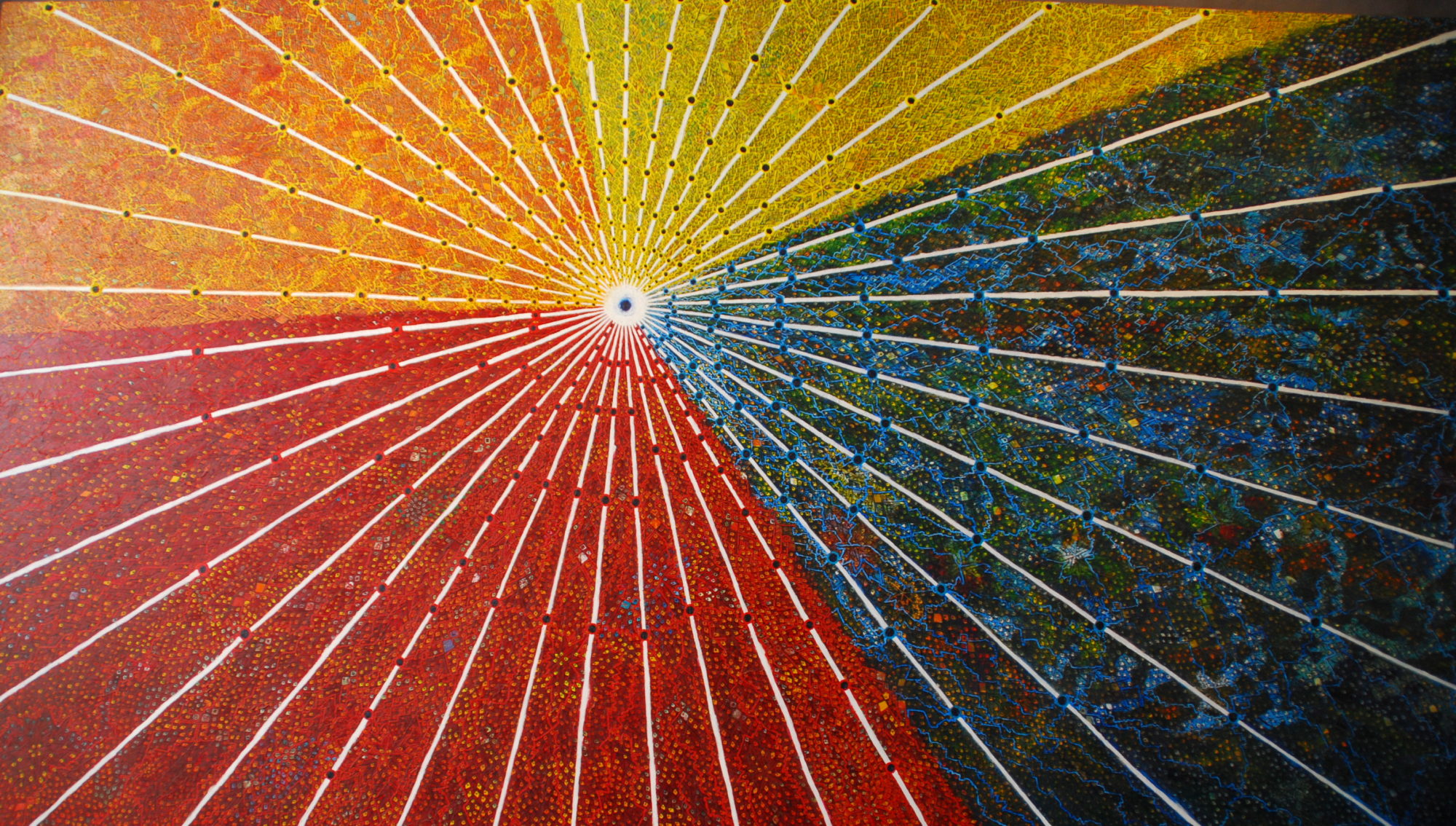I wish I could show you Africa. But I can’t. It takes a much more talented photographer than me to capture this place. My photos contain images. Africa is an all-senses experience. But if you turn on your imagination, I will try to paint it for you with words.
Africa is…
dirt so red that it seems the earth is bleeding.
the most beautiful beaches, the most turquoise waters, the most striking mountains, the most enchanting deserts.
women who can carry seemingly everything on their heads: gallons of water, baskets piled high with bread, bundles of logs.
never seeing a woman of reproductive age without a baby in a cloth sling on her back.
being shoked when you see a man on your minibus helping with the care of a baby because you’ve seen maybe two men do so during the totality of your trip.
little girls with closely cropped hair and nothing to identify them as female except for the dresses they wear.
little boys wearing shorts that have no seat, their butts exposed to the world.
buses packed so full that there is no need to hang on because you couldn’t move if you wanted to.
the smell of dried fish, enough to make you want to gag.
the smell of humans, ripe in a way you didn’t know they could be.
women in brightly colored and patterned wrappers (cloth they wear as skirts) or wrappers with the face of the pope, the president, or Mr. Obama staring out at you.
children naively wearing t-shirts with vulgar English sayings on them.
being woken up at 4:30 a.m. by the whoops of people celebrating the results of an election.
hearing a wedding celebration long before you see it, the vibrant voices of family and friends lifted in song.
roads as crowded with people and animals as with cars.
bustling Sunday mornings as everyone heads off to church, wearing church uniforms and carrying high heeled shoes in their hands as they walk barefoot many kilometers to the “church.”Â
a staggering AIDS rate and an even more staggering ignorance about the disease.
strangers stopping to tell you “You are welcome here.”
being called “mzungu” no matter how many times you tell them your name.
people furtively touching your hair, rubbing your skin, grabbing your hand.
the uncomfortable feeling of people addressing you as “Hey, boss.”
having to say three, four, five, six times that no, you don’t want to buy the hawkers carved animals/sponges/hair barrettes/sodas/brooms/beaded keychains/oranges/etc.
people who sing regardless of how well they can carry a tune and people who dance regardless of whether they have rhythm…and who make it all seem beautiful.
seeing more sunrises and more sunsets than you’ve ever before seen.
people leaning out of a minibus window to tell you they love your country and they love your president.
islands so safe that you could leave your money lying in the sand and no one would touch it and cities so dangerous that by 6 p.m. everyone is locked away behind burglar bars, razor wire, and armed guards.
road signs that say “potholes ahead” when they should in fact say “canyon that could swallow your car ahead.”
supermarkets stocked with every wonder of the world as well as people who have to walk kilometers to fill a bucket with potable water.
charities who hand out mosquito nets to every man, woman, and child, and families who turn the mosquito nets into fishing nets because starvation seems a more dire threat than malaria.
volunteers who want to build proper toilets for a school where children must go in the schoolyard and principals who demand that any money raised first go toward buying them a new television.
kids who laugh deliriously when they see a photo of themselves on the screen of your camera.
people who see you as no more than a walking dollar sign as well as people who want no more from you than a smile and a hello.
buses that leave “now,” meaning sometime in the next 24 hours and buses that leave “now now,” meaning sometime in the next hour.
realizing that childhood is a luxury of the Western world.
a dream that is too often deferred, hope that is too often unfulfilled, and joy that is too often followed by sorrow.
everything I expected and a million things I could never have imagined.















































You must be logged in to post a comment.